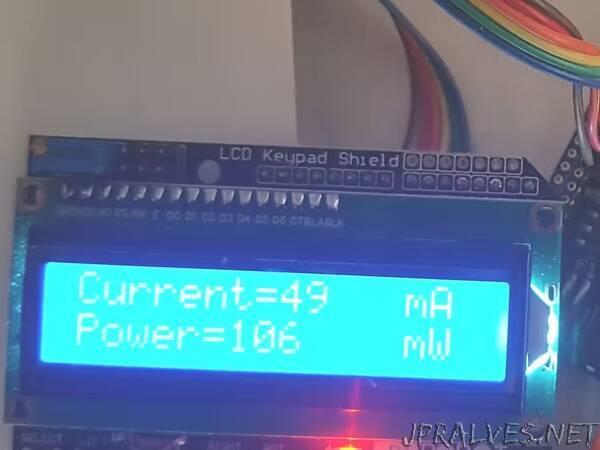
“The power monitor with the Matter protocol for devices in a smart house. It monitors the consuming power, the current and the voltage.
The power monitor takes an important role in smart home devices. There are many power monitors available on the market. The most of such monitors have only one function - they display the total consumed energy on the LCD.
Today power monitors can be smart. The modern smart power monitor can measure power, current, voltage, AC frequency and leakage current.
Such monitor also checks the measured values and checks for the overcurrent and the overvoltage. Based on the required limits, it can switch on/off the consumed devices in the smart home from the main line (220 V).
There are power monitors with the Wi-Fi support. Such devices can send data to the user’s mobile device. Also, the user can control the power monitor’s parameters, such as the overvoltage and overcurrent limits.
In general, power monitors can be for the DC and AC power supply.
Smart Power Monitor with Matter Standard
The proposed project is the Smart power monitor with Matter standard for the DC power supply. It can be used as a standalone device or as a part of another Matter device. Also, it can be easily redesigned to measure the AC power.
The Smart power monitor consists of such blocks: nRF7002 DK, the LCD HD44780 shield, the relay module, current and voltage sensors.
The power monitor continuously measures the DC current and the DC voltage. Based on these values, it calculates the power and the total consumed energy.
The current and the power are displayed on LCD. Also, the current, the voltage, the power and the total consumed energy are sent to the CHIP tool application through the Matter protocol. The Chip tool is the default implementation of the Matter controller role. See here for the details.
The user can use the CHIP tool to set the minimum and maximum values for the current and voltage. The device switches off the load in case when the current and voltage exceed the these limits. Additionally, the user can forcibly switch on or switch off the load.”
